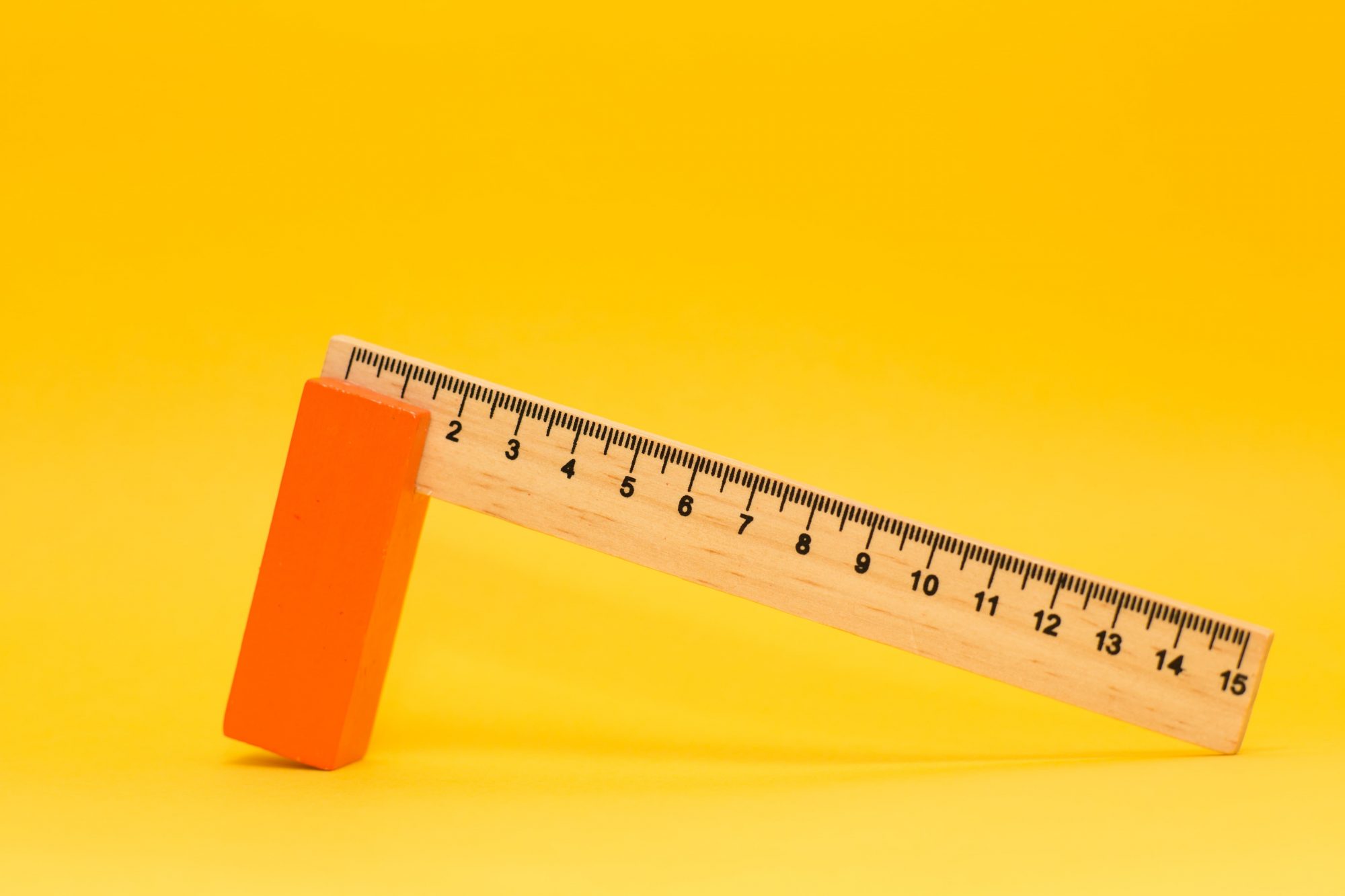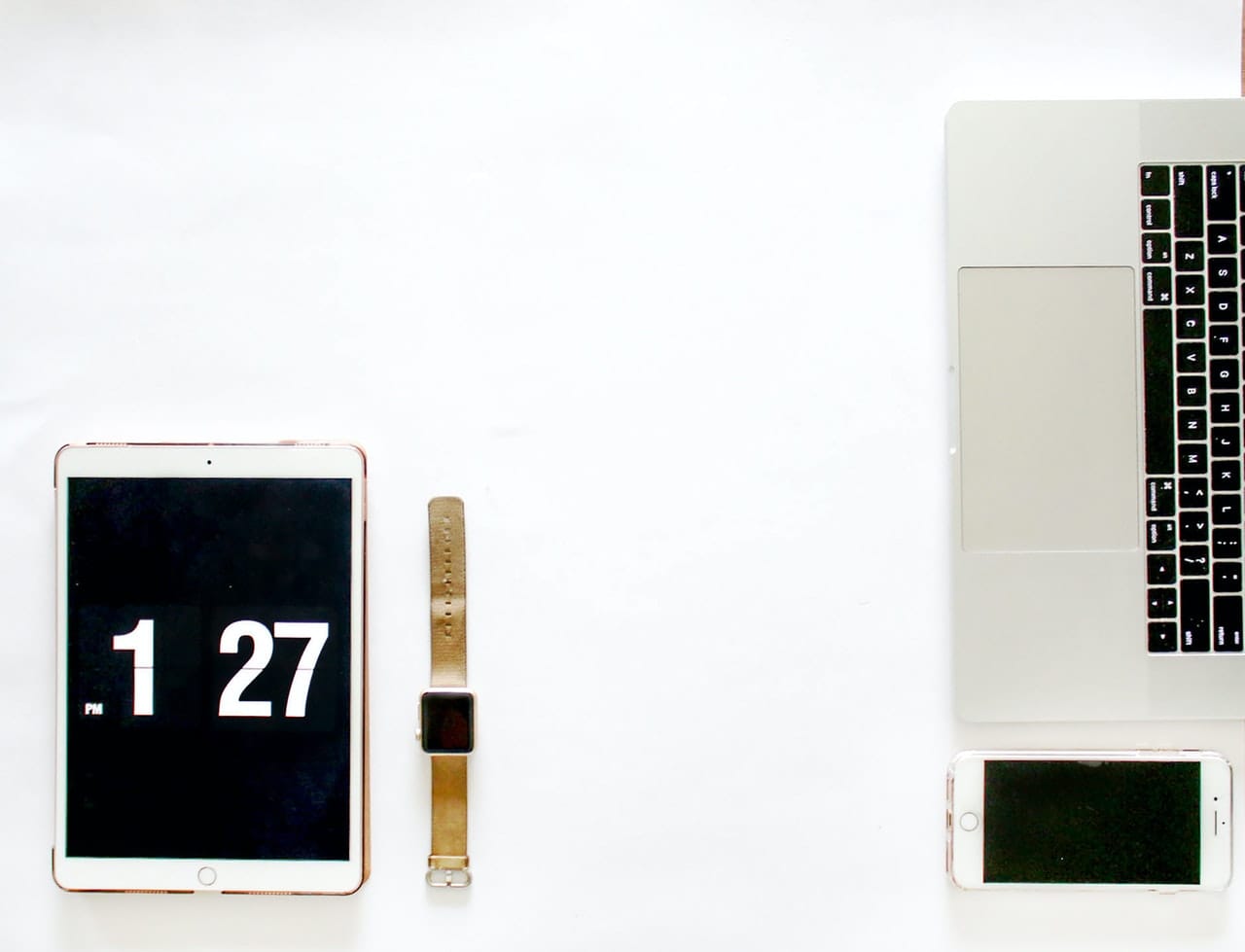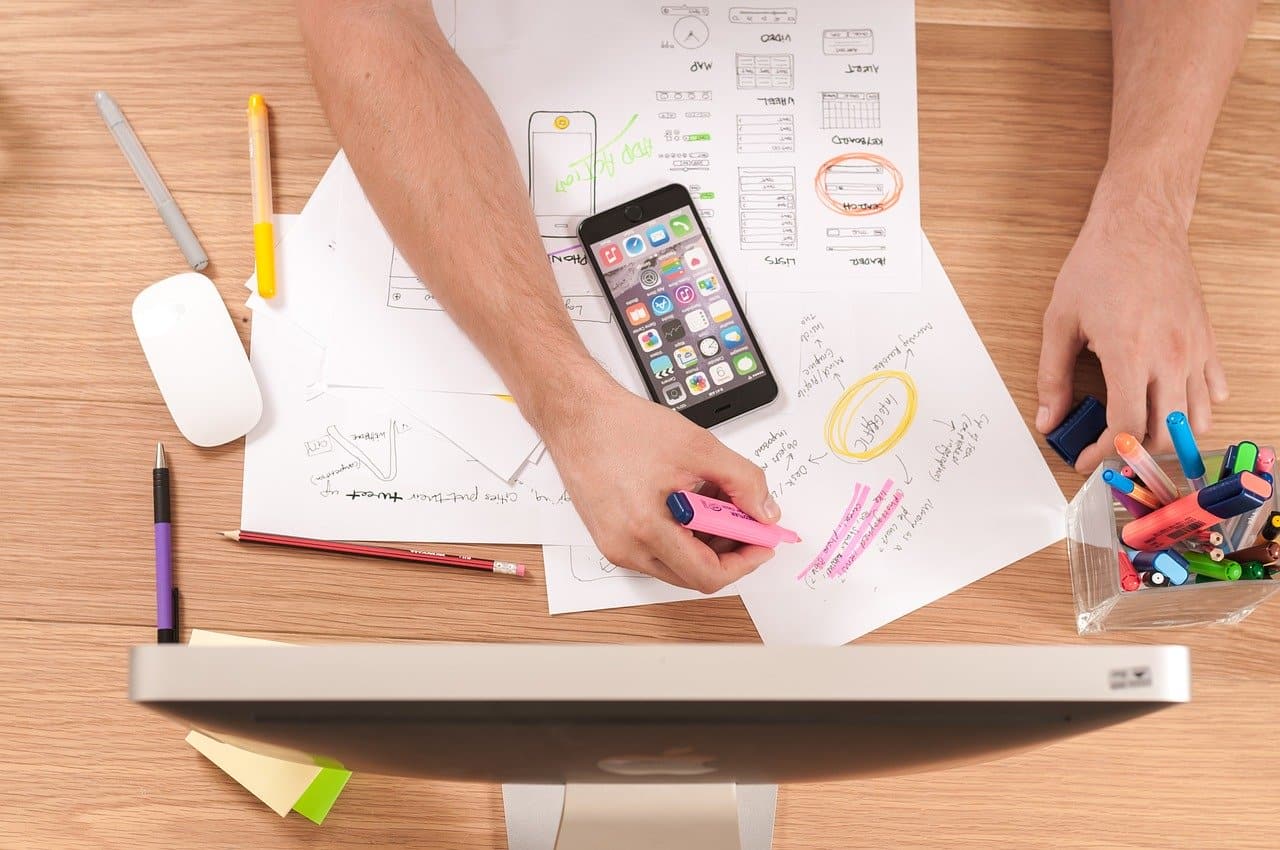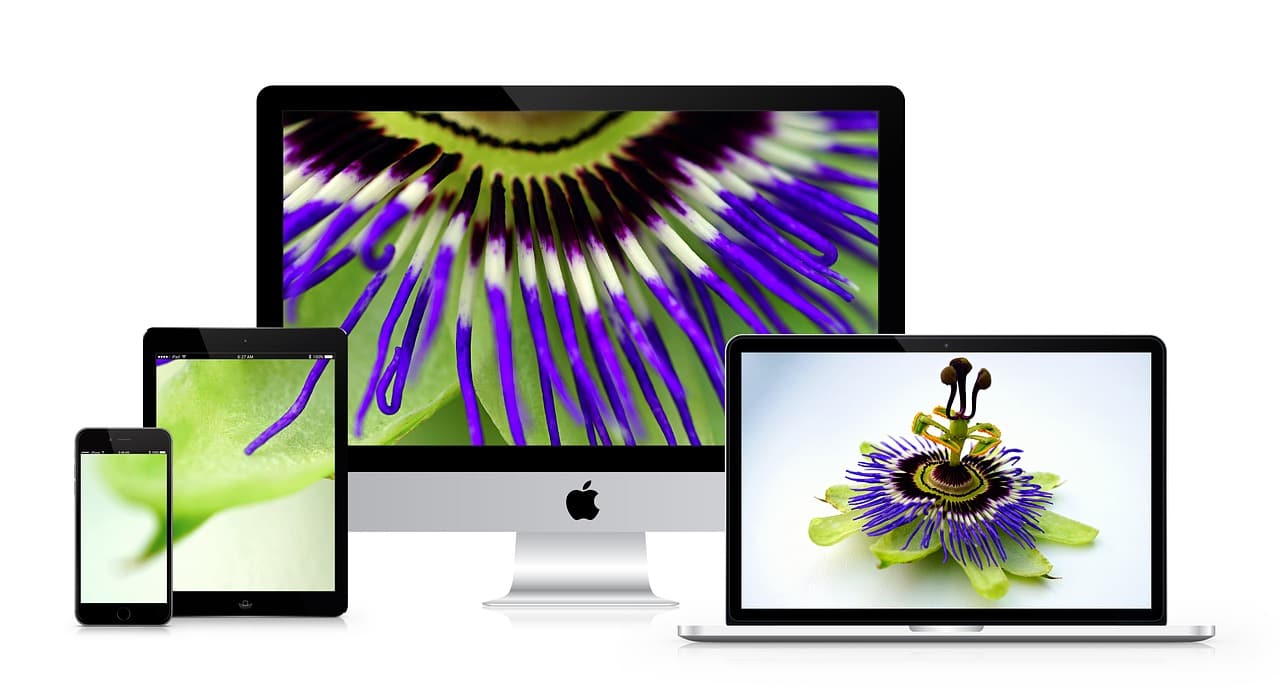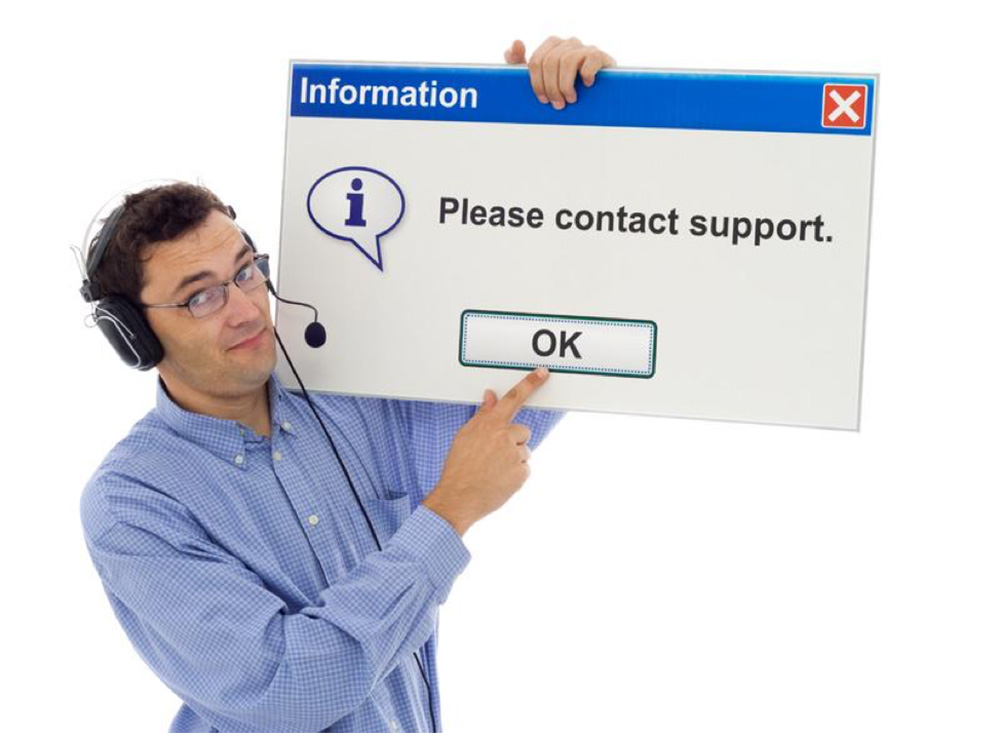The ruler is one of the most useful tools you probably don’t carry.
Rulers offer great utility in both the measurement of objects and the drawing of straight lines. But let’s be honest: how many people actually carry a ruler around?
Have you ever been caught out without a ruler when you needed one?
If you have, you know first-hand just how frustrating it is to be stuck without a proper measurement tool. From art projects to design blueprints, rulers prove to be an often-overlooked asset.
Don’t get caught empty-handed again. Check out our guide below to see some of the innovative ways you can measure even without a ruler! Our tips provide you must-have tips if you’re ever short of a ruler when you need one.
1. Online Ruler
You may not carry a ruler, but almost everyone in today’s technological world wouldn’t leave their bed—much less their house—without their phone.
These digital life-savers can do more than just keep you connected with family and friends—they can get you hooked up with the information you need.
That holds true when you need a ruler.
Online ruler websites have designed a scaled ruler for quick and easy online use. Though they may not be as long as your traditional ruler—depending on the screen of your device—they will provide accurate measurements to those in need.
How do you go about using an online ruler? The process is simple.
First, access a trusted online ruler site. Ruler.onl is a great option because it provides accurate measurement information.
Once there, use your mobile device to start measuring the distance you’re trying to figure out. This may take longer than with a traditional ruler because of your screen’s truncated size, but it will work.
When measuring with an online ruler, be sure to have a pen or a pencil handy. This will allow you to mark certain sections of the object you wish to measure so that you can get a more accurate total length.
For example, if you’re able to get four inches of an online ruler to display on your phone, place a line every four inches so that you can know where to put your phone for the next measurement. Because you know how far the distance between each line is, you’ll be able to quickly calculate the length using an online ruler.
2. Knuckle Measurement
Though our bodies are all different, one unique—and useful—trait that most humans share is that the distance between the top knuckle and the end of the index finger is almost always an inch.
This neat measurement trick will help you if you don’t have access to a mobile device. Great for when your phone’s dead or when you simply can’t use it like in class, using your index finger to measure proves an age-old favorite.
So what are the benefits to measuring this way?
For starters, it’s fairly accurate and can prove a quick and easy method to measure almost any distance without a ruler.
It’s also something you never have to worry about losing. No matter where you are or what situation you are in, you can rely on this method to provide you with adequate measuring.
Simply place the base of your top knuckle at the point of origin and measure outward to the tip of your fingertip from there. Like with the online ruler, you should be careful to mark each one-inch segment so that you can piece together a total distance later.
Fingertip measurements do have a few disadvantages, however.
Because of the difference in human anatomy, there’s no way to predict just how close your measurement will be to one inch. While the standard one-inch rule applies pretty well to most people, it won’t necessarily fit all, and there’s no way to know just how much your measurement deviates without the use of a ruler.
This is especially important to keep in mind when measuring longer distances. If you’re measuring something that’s short in length, the difference in actual and measured length will likely be negligible. However, if you’re measuring something longer, all the little discrepancies will add up, so remember: the longer the distance, the less accurate the measurement.
So what’s the bottom line?
While it’s a great tool to use in a pinch, measuring using your fingertip is not the best or most-accurate way to do so. If you’re going for accuracy over ease, consider using an web ruler if you have the option to do so. If not, you can still be reasonably certain that you are getting an adequate measurement with your fingertip approximation.
3. Everyday Items
Let’s assume you need a ruler and you don’t have one.
What do you do?
First, you try your phone to get an online ruler, but it’s dead, so that’s a no-go. And you really don’t like the thought of estimating the distance with your knuckle and fingertip.
You need something that’s going to be more-or-less exact.
That’s kind of hard to do without a ruler, though. Right?
Not necessarily.
Did you know that by memorizing the length of some common items, you can be equipped with your own personal ruler everywhere you go?
You may be thinking, “But it will take time to measure so many different items.”
And you’re right—that’s why we’ve put together a list of the length of several of commonly-carried objects so that you don’t have to.
Before you ask, no, you don’t have to memorize all of them. In fact, the best method is probably to memorize the length of one or two items you’re sure you will always have on your person. This will reduce the time you need to spend memorizing the measurement and give you added peace of mind that you have a “ruler” no matter where you are.
Consider the following tips before viewing our list:
- Double Check—While we’re certain the information we provide is accurate, there’s can be a significant amount of deviation across different items in rare instances. If you have access to a ruler, make sure the measurement is completely accurate for best results. If you can’t do that, don’t worry: the figures presented in our list can provide you with an accurate ballpark estimate for your measurement needs.
- Be Sure You’ll Carry It—If you’re going to be able to follow the measurement advice here, you’ll need to carry one of the items listed below. It doesn’t matter which one you choose, so long as you make sure that at least one of the items is on your person at all times. We’ve tried to select objects you’ll carry with you regardless, but be sure to not leave home without them!
- Have a Pen or Pencil—Because many of the objects here might not be as long as you need, consider carrying a writing utensil so you can more accurately measure length.
- Be Aware of the Drawbacks—Remember that some of these items can only provide you with an estimate of the length you need. In the absence of a physical ruler, the most accurate method you can use is loading an online ruler.
With these tips in mind, read over the list below to find the measurements of some of your most commonly-carried items!
- Money—It’s the one thing you don’t want to go anywhere without. Whether you choose to keep your money in cash, on a card, or both, you can use currency as a way to measure almost anything.
In order to do this, you must first be aware of the length of both paper dollars and of your credit or debit card. The good news is, both of these objects have standardized sizes that can allow for quick and easy measurement.
Dollar bills of any denomination are one of the best makeshift rulers around. Six inches in length, they are perfectly half the size of a ruler. Because of their even length, you can even fold a dollar bill into six even sections to get an area of an inch long. This makes it great for measuring both larger and smaller distances without the need for guesstimating.
Credit and debit cards are another solid, albeit less useful, method of measurement. Unlike the dollar bill—which can be folded to represent almost any measurement you need—your cards will be a fixed size. This limits their utility in measuring small areas; however, because of their hard-back nature, they are easy to handle and draw measured lines with. Most credit and debit cards are about two inches in length.
- Phones—We’ve seen how to use a phone to measure a distance already, but that’s for a phone that’s got an Internet connection. How would you go about measuring something when your phone is dead?
Simple: use your phone itself as the ruler.
This is a little trickier than some other methods because there is no set size for cellphones. Those using an iPhone XS Max, for instance, will have a much longer length of measurement than those using an iPhone SE.
The best way to know the size of your phone is to measure it or look it up. Be careful, however, when you search for your phone’s size online. Many companies highlight a phone’s screen size and not the overall size. The list below contains a list of each phone’s screen size—not it’s overall size—so be sure that you don’t go the full length of the phone when making your measurement.
- iPhone XS Max – 6.2 inches
- iPhone XS – 5.65 inches
- iPhone XR – 6.1 inches
- iPhone 8 – 5.8 inches
- iPhone 6 Plus – 5.5 inches
- iPhone 6 – 4.7 inches
- Samsung Galaxy S9 – 5.8 inches
- Samsung Galaxy S9 Plus – 6.22 inches
- Samsung Galaxy S8 – 5.86 inches
- Samsung Galaxy S8 Plus – 6.2 inches
Factors to Consider
A ruler is a useful tool for a reason. It’s ability to provide accurate measurements for many of our day-to-day projects is nearly unmatched, and any attempt to measure without one generally leads one to making some type of estimate.
That’s true with many of the methods above. Though it’s possible to use any of the techniques to get a general idea of the length you’re trying to measure, depending on which one you use, it can be difficult—if not impossible—to get a measurement that’s 100% accurate.
If you’re caught without a ruler, consider which of the above methods will best fit your overall situation. If you have a phone, for instance, it’s probably best to find an online ruler so that you can enjoy maximum accuracy.
If that’s not an option, however, you’re likely faced with a much tougher dilemma. While it may just depend on what you’ve got at hand, you’ll be forced to choose through different methods of approximating the length of a certain object.
Are there some better than others?
The truth is: it depends. If you’re measuring something of short distance, for instance, it might be best to approximate the length using the knuckle-to-fingertip method. Trying to measure the length based off the size of a larger object will likely lead to more inaccurate estimation than would occur if you used the fingertip approach to approximate every inch.
On the contrary, for longer distances, it’s best to have a larger object ready. The more you approximate with your fingertip, the more your estimation error grows, leaving you with a more inaccurate final measurement.
Solid objects, such as credit cards, may be used, but they have decreased utility in that they provide more of a fixed measurement. Because they can’t be bent at ¼ or ½ marks, getting a highly-accurate measurement from them is difficult.
If you’re looking for the most accurate option outside of an online ruler, the dollar bill just may be the way to go. Great for folding and measuring, you can be more-or-less sure to get an accurate estimate every time.
So next time you find yourself without a ruler when you’re in need, consider the tips above to get the measurement you want.
